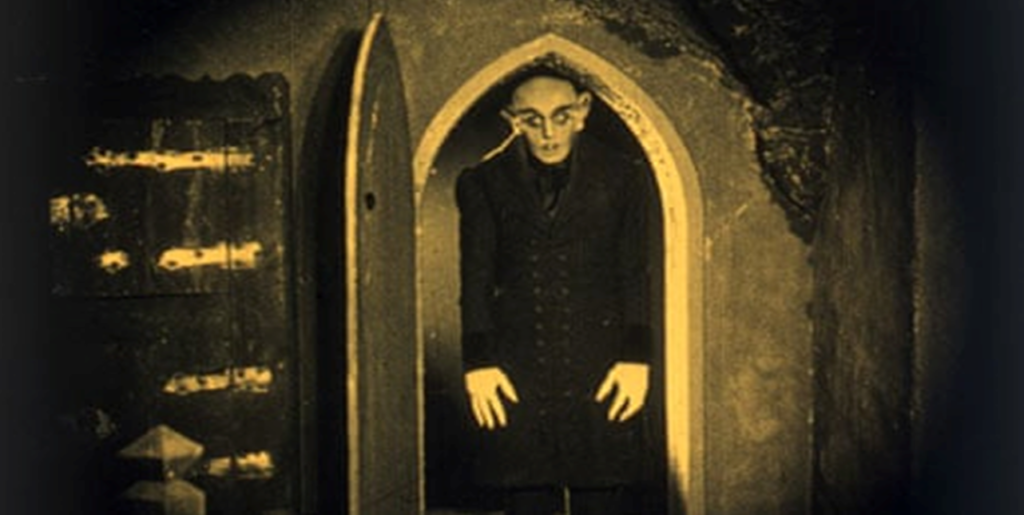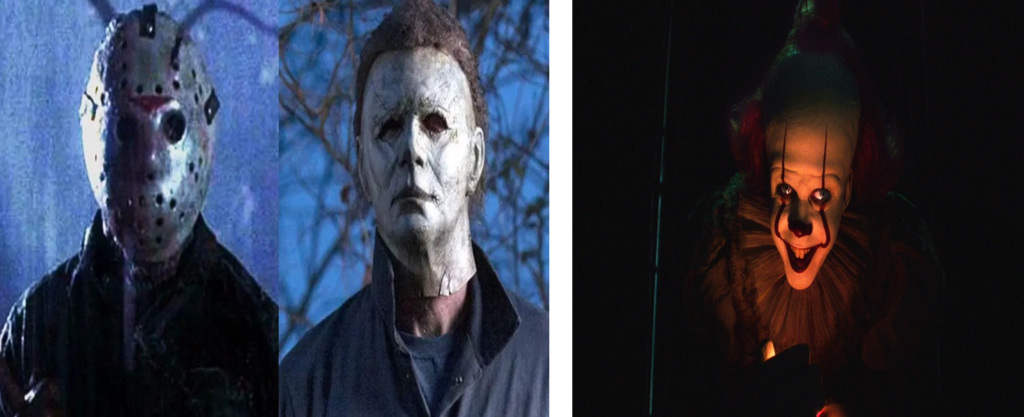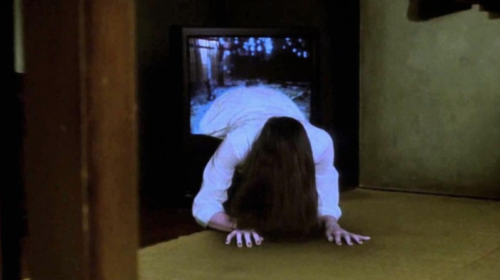There are many ways to get one’s adrenaline pumping. Outside the film world, many people adopt gambling as a hobby, playing high-stake thrilling games not only in person but also online, which is the recent innovation technology has granted us. Whether that is online baccarat or other classic table games, digital casinos provide a sense of anticipation through progressive jackpots, innovative game features, and enticing bonuses. This puts players into a high-pressure setting, which horror movie enthusiasts especially enjoy. However, the genre expands on this feeling while providing an aesthetic angle, crafting a thrilling experience that’s both exciting and memorable.
It’s undeniable that throughout the years, the film industry experienced a lot of growth, from the visual and technological aspects at the very least. Horror, as a genre that has been there from the very start, is the current topic of discussion.
The History of Horror
Fascinatingly, the first horror film was made all the way back in 1896, called “The Devil’s castle”. It was a short film, especially by today’s standard, and as the title would suggest, chose to focus on religious imagery and the supernatural. Interestingly, it is commonly believed that the first horror films were not created to scare audiences, rather amuse them with absurd and unnatural imagery.
The Devil’s castle started a bit of a trend back then, as films in the horror genre until the 1920s would mostly cover similar themes. Over the many years though, the genre shifted and started serving an entirely new purpose, taking itself a lot more seriously, and focusing on exploring human psychology, and externalizing internal fears.
Films like “Nosferatu” and “The Cabinet of DR, Caligari” revolutionized the genre, and played a huge role in its eventual expansion. Nowadays, horror has many different subgenres, like monster, slasher, paranormal, supernatural etc.
Subgenres, Their Differences and Similarities
Subgenres of horror still often serve the same purpose; just choose to focus on different aspects of human fears. We can take the monster genre for example. Looking at films such as Alien, Predator or It, human protagonists are often placed in scenarios where they have to deal with supernatural entities that possess overwhelming power.
Whether it is an omnipresent, shape shifting clown, or a highly efficient, ruthless hunter, or an alien species using human bodies as catalysts, the purpose is often to create a sense of helplessness and desperation, that you are overmatched against these entities.
This mechanic not only serves for a great scare potential, but also holds huge narrative potential, as seeing human characters bond together, overcome threats far beyond our imagination can be extremely satisfying to watch if done properly. I say done properly, because it is extremely easy to take away from the scary aspect of your movie monsters, if they are defeated too easily, or without much challenge.
The films mentioned above though, are all textbook examples of how monster horror should be done. They all created not only iconic, terrifying entities, but also likeable human characters, and an engaging narrative.
After reading the monster horror description though, many might have questions specifically about how it differentiates from the slasher genre. On the surface, slasher villains like Jason Voorhees, Michael Myers or Leatherface, are identical to monster villains like It, or the Xenomorph.
While they are indeed similar, there is a huge distinction. Entities from the monster genre often cross way beyond the realms of real life possibility, while the slasher villains often walk on the fine line between human, and supernatural. Behind the cold, emotionless masks of the listed slasher villains, there are supposed to be humans, yet their incredible feats of power or endurance leave the audience to question that.
The main benefit of having “human” villains is to create a better sense of relatability between the protagonists and the audience. It is easy to brush of the Predator as an entity simply behind a monitor since it is not real, yet human psychopaths exist in real life, and there is always a slim chance of encountering one. This often forces the audience to put themselves in the shoes of whoever is being hunted by Jason, or Michael or any other slasher villain.
Delving into the paranormal or the supernatural genre, they often capitalize on the fear of the unknown. When your house is being haunted for example, with unexplained, unnatural things happening inside it, you have absolutely no idea about what you are dealing with, what the entity haunting you even wants, or how to stop it.
This largely plays into the dread aspect of the films of the subgenre, as the protagonists often do not even know what they need to do in order to “win”. They are stuck in a game in which the rules are completely unclear, playing against something far beyond their level.
Because of this, paranormal or supernatural films often have elements of mystery movies as well, with characters trying to find out more and more information about what they are dealing with, in order to stop them before it is too late. Examples of this are The Ring, Insidious or The Conjuring.
Other Notable Information
Of course, the four covered subgenres do not make up the entirety of horror, but they tend to be the most popular of the rest of them. While it is true that all horror uses different tactics to achieve its goals, they all still try to build suspense, dread and tension, before paying it all off with some sort of a scare.
Writing is the most important aspect of any almost any film, however, the horror genre would simply not work without talented cinematographers, editors, makeup/special effects designers, and composers. As the technology and interest in the genre grows, with impressive amateur projects such as “Mandela Catalogue”, horror films will undoubtedly get even more terrifying.



